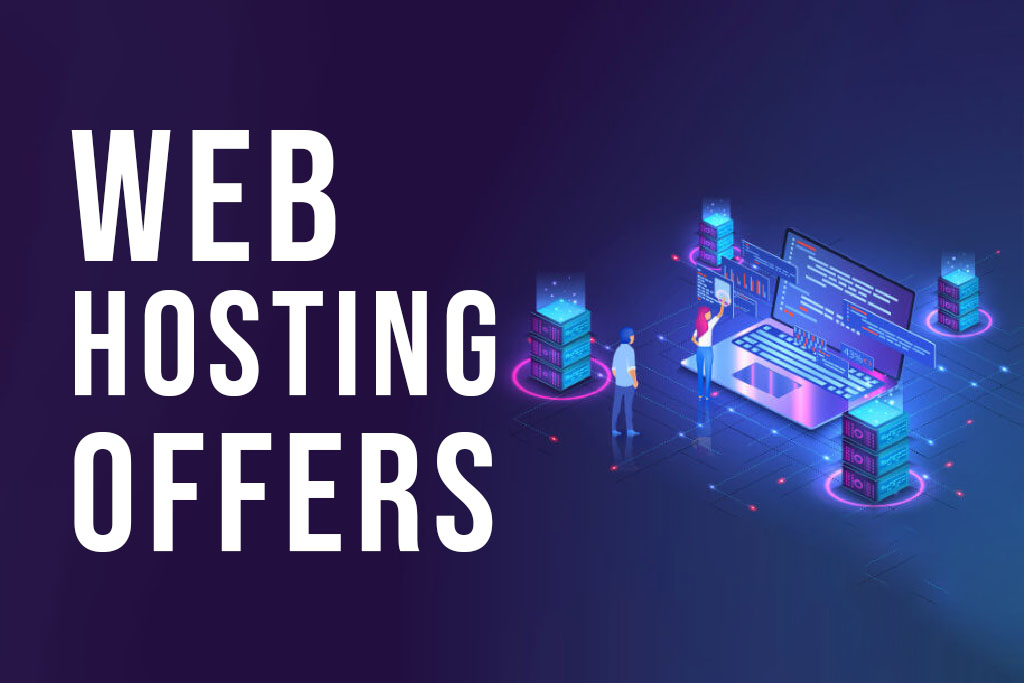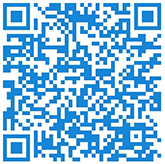When it comes to being an HR professional, or a manager, you need to know the tools of the trade. These days, technology is changing everything about how we approach our jobs. And while there are some downsides to this (like increased workloads), there are also plenty of benefits—especially when it comes to helping employees grow and learn. Here are some ways wherein technology can be of great use:
Employee Surveys
Employee survey is a powerful tool for understanding employee needs and improving job satisfaction, retention and performance. They can also be used to gather feedback on company culture and benefits, as well as management.
Surveys are most effective when they’re administered by someone who has the trust of employees–either an internal HR professional or a third party with whom you have an established relationship. If you decide to conduct your own survey, make sure that it’s anonymous, so employees feel comfortable sharing honest feedback about their experiences at work.
Learning Management Systems
Learning management systems (LMS) are a type of software that provides a platform for training and development. They help HR professionals and managers create and deliver training programs, while also helping employees learn new skills and track their own career development.
LMS can also be used by managers to understand what their employees are learning while providing tools that allow them to track employee progress through the LMS system.
Feedback Software
It’s important for managers and HR to get regular feedback from their employees. This can be done through surveys, but they aren’t always the most effective way of getting information. Feedback software gives employees a platform where they can give constructive criticism directly to their manager or HR representative, with no middleman involved. The software allows managers and HR professionals to respond in real time, which helps them improve their performance as well as that of their team members.
Feedback software also helps businesses improve overall performance by identifying trends in the data and making them visible. Managers can use this information to make better decisions about their team members’ future roles and responsibilities. It also encourages a more collaborative work environment by allowing managers to see what their employees think of certain initiatives or changes being made within the company.
Performance management software is a great way for managers and employees to set goals, track progress and give feedback. The software also allows you to understand how you are performing in relation to your job description or goals. It can help both managers and employees improve performance by providing regular feedback on their individual performance against agreed targets.
It can also help you identify any gaps in performance, and highlight areas where you need to improve.
Likewise, it’s a great way to ensure that you are meeting the expectations of your manager and your employer. Performance management software can also be used for succession planning, which helps organizations predict when they will need to replace key members of staff.
Search Engine Optimization
Search Engine Optimization (SEO) is an important aspect of online marketing that can help HR professionals and managers reach a larger audience. By optimizing their website and content with relevant keywords and phrases related to the latest technology tools, they can increase their visibility on search engine results pages. This can lead to more traffic to their website and ultimately more leads or conversions.
HR professionals and managers can also use SEO to stay ahead of their competitors by monitoring their search rankings and making adjustments to their strategy as needed. By staying up-to-date on the latest SEO tactics and strategies, HR professionals and managers can ensure that their content is easily discoverable by their target audience and that they are maximizing their online presence.
HR analytics platforms are the latest technology tools for HR professionals and managers to use. They help you gather, analyze and interpret data in order to make better decisions about your company’s workforce.
They can be used for a variety of purposes, including:
- Evaluating talent acquisition programs (e.g., recruitment advertising or candidate screening practices)
- Optimizing employee engagement strategies (e.g., whether employees are satisfied with their benefits package)
- Evaluating performance management processes (e.g., if there is any bias against women or minorities who receive higher ratings than their peers).
These Technologies Can Help Employees, Managers and Organizations Grow
These technologies can help employees, managers and organizations grow.
- Employee surveys: These are a great way to understand employee sentiment and identify areas for improvement. They can be used as part of an annual review process or something more regular like an employee feedback forum once a month or quarter.
- Learning management systems: Learning management systems (LMS) are software programs that help you organize training materials for your workforce by topic area or job role. LMS also allow people outside HR who need access to information about what’s happening with training–like other departments–to see what courses are available, so they can learn more about those topics themselves.
Conclusion
We hope that this list of HR tech tools has given you a good idea of what’s out there. We know it can be overwhelming to keep up with all the new technology but don’t let that stop you from trying something new! If one of these options sounds like it might work for your organization or team, we encourage you to give it a shot–it could make all the difference in how well everyone works together and feels supported by their employer.












